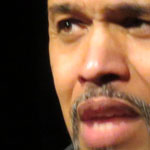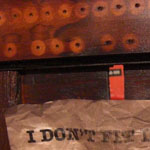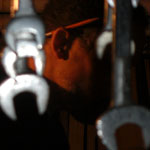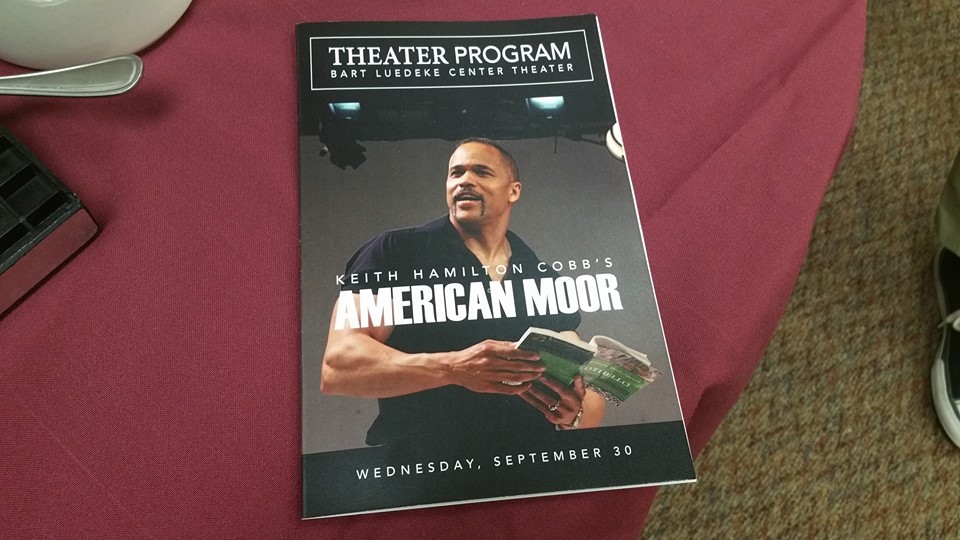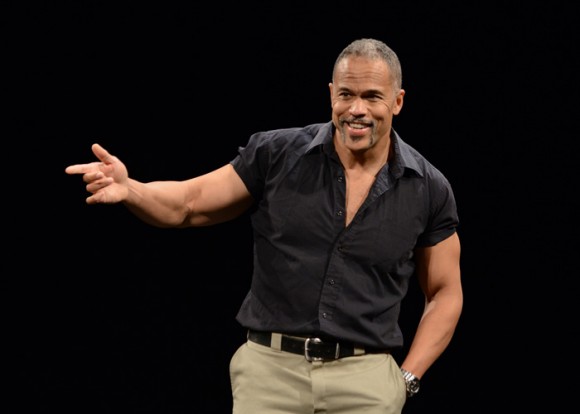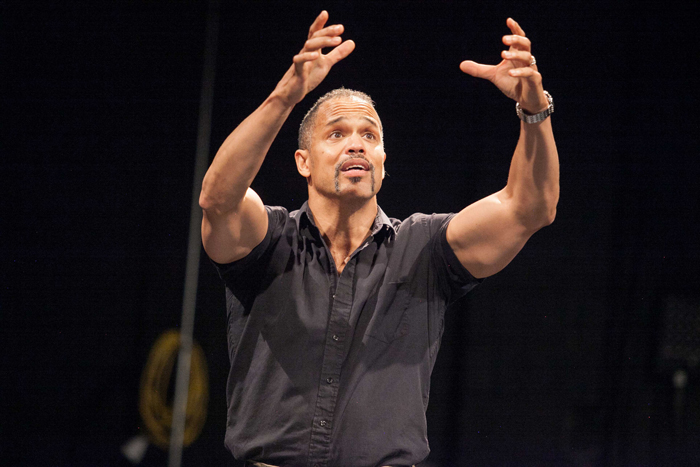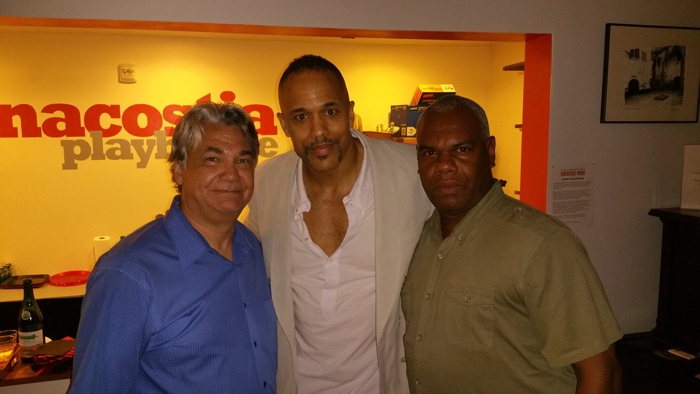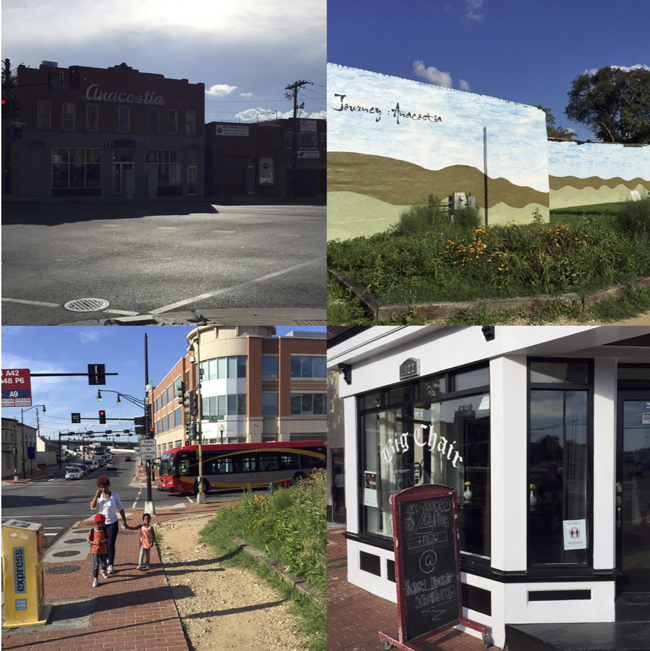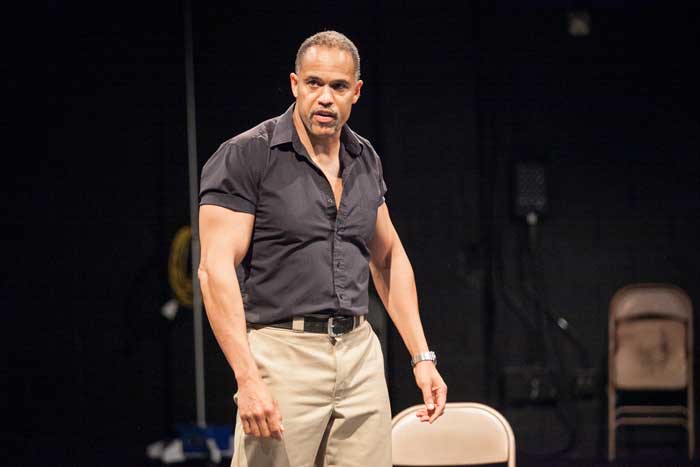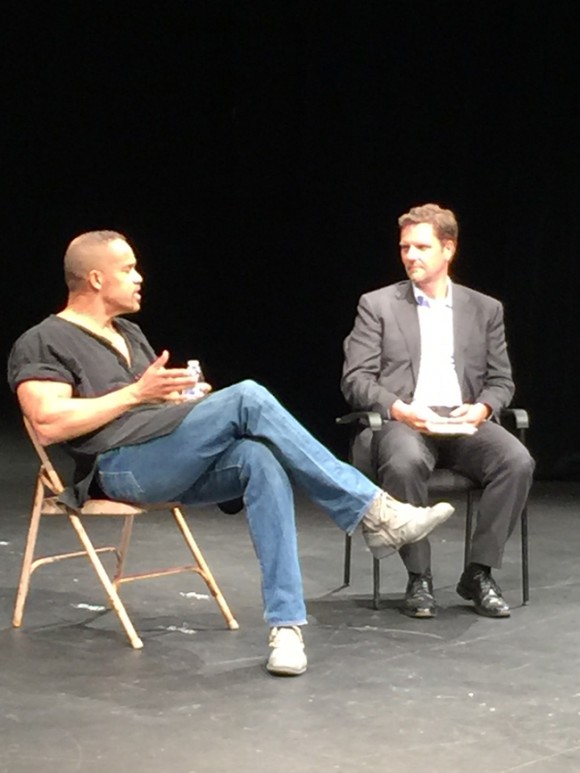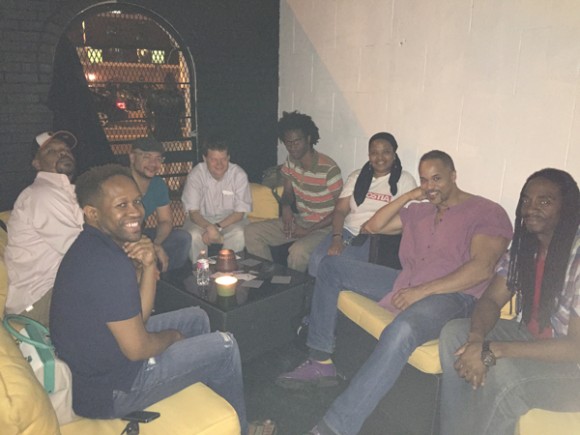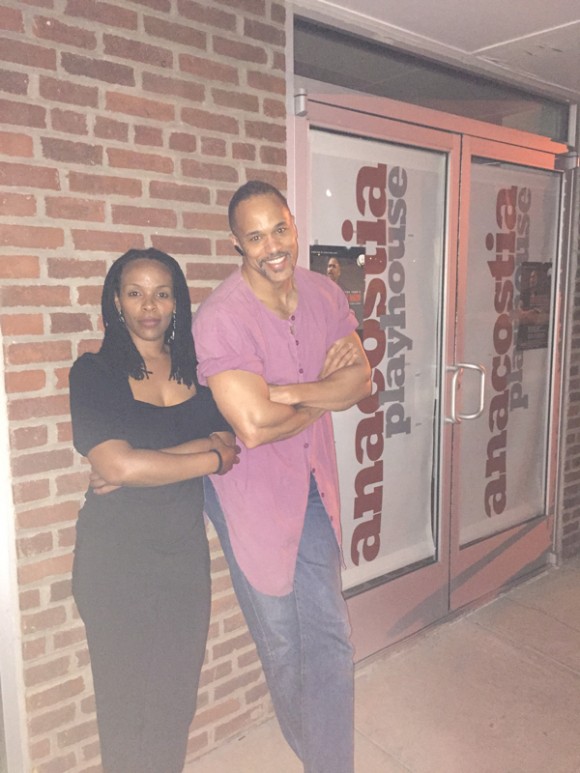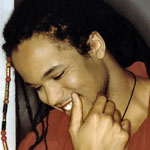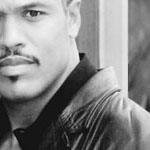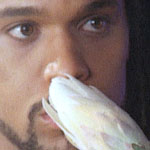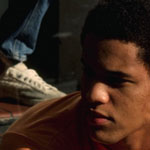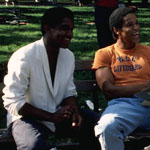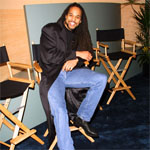September 30, 2015. We do an evening hosted by the students at Rider University…
In the business, they’re called “one-offs.” It means you’re gonna do the show once… no next night… no re-do… If you’re lucky, you get to come into the space the day before and set things up with some competent professionals, focus lights, configure speakers for sound… But one way or the other, come the evening of performance, you’re going to go out there and do a show. Don’t trip over the furniture, and you’ll be alright. It may not be your best performance. How could it be, when half of your attention is on whether or not the voiced over sound of the second character is going to play on cue? Regardless, people asked to be shown this play. And, for all the downside to one-night-only road shows, honoring the growing interest in this work is far more important. Besides, American Moor has no furniture…
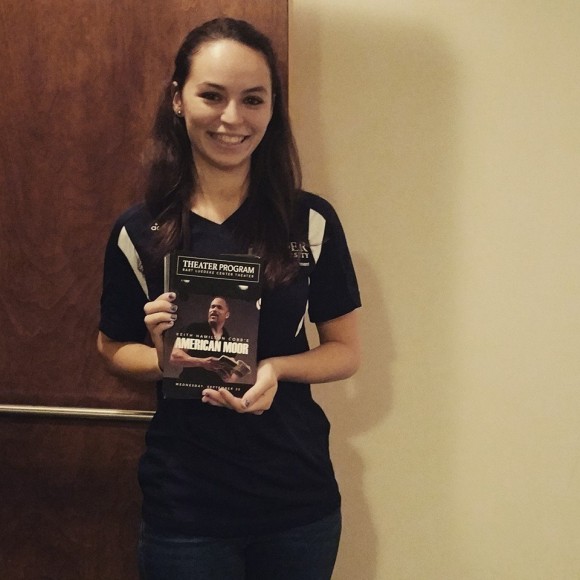
The Student Entertainment Council of Rider University hosted this evening’s event. As such, I don’t know whether they reached out to the theatre, English, and diversity departments specifically, or just billed the evening as a general entertainment to anyone who might be interested. I mention these three departments above, because to date, while engaging with universities, they have been the areas of discipline most immediately interested in what American Moor is.
In any case, there was a sizable house. The event was free to the public, and so there were quite a few attendees from off-campus as well.
I never know how this thing is received in a one-off… I am far too distracted to be that in-touch with the audience’s energy. And it was the first collegiate audience since the very first public performance of the play at Westchester Community College back in November of 2013. The feedback has been positive, and, as is often the case, I got some immediate post-performance responses from people who I would have never thought would be in the room. This is all good. The play continues to surprise me.
As per usual, we did a post-performance discussion facilitated by the assistant director of campus activities, Nicholas Barbati. It was a small but diverse group that stayed behind to take part. And it’s the unusual make-up of these groups that always gets me. They range widely in age, ethnicity, and gender. And while I was busy wondering if I gave a credible performance, I end up being reminded that the text itself is really doing most of the work. They get it, and perhaps I need to take it easier on myself, and thus everyone else.
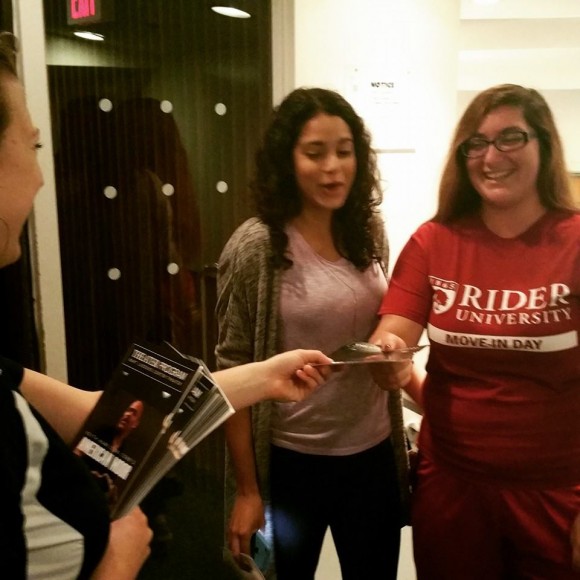
I’ve been saying that the show needs a venue all its own for a few months… To settle into a rehearsal process replete with all the bells and whistles, all the production elements that will allow us to find whatever it is in this piece that we haven’t found yet. I’m not sure, therefore, how this college circuit one-off thing will work. But I can’t deny that connecting with the young men and women on their home turf is a thrill unto itself… It’s just so nerve-racking as a performer…
It wasn’t a Shakespeare crowd, by and large… Most of the classical references registered no energy of recognition. Even the most common of them, like Juliet’s “Gallop apace” left the room silent. Of course, it could have been my shitty performance, no doubt. But I just think that the students today, unless English is their discipline, are not nearly as read in Shakespeare as I was at their age… Or was I, even?? Who can remember? And is that a problem? How much better to see theatre, any theatre than to read it…
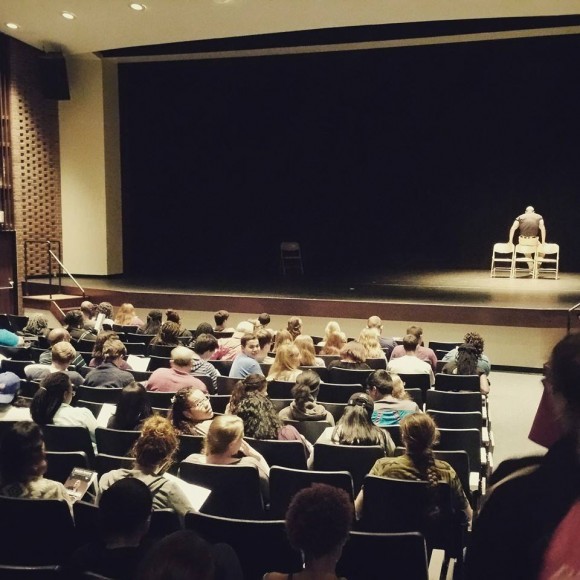
In this case, it really didn’t seem to matter, and this is the more relevant point. Even though Shakespeare, his plays, and the playing of them is a predominant theme that is laced throughout American Moor, it is becoming more and more obvious that one need not be versed in any of it in order to be impacted by this work. There seem to be myriad themes and ideas that recur in the arc of the play such that anyone with a reasonably open mind will, if he/she just listens, find something with which they identify. I can’t lie and say that I planned it all that way. But how remarkable, and for me delightful, to watch audience members sound off in unpredictable ways because they were struck by some aspect of the character’s journey that had occurred to no one else!
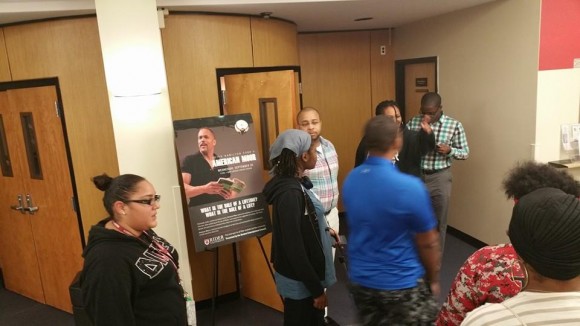
As I began this post, I was saying that the interaction with the intellectually acute youth trumps my discomfort at the rough-shod vicissitudes of theatre on the fly. Sometimes, it may not trump it by much. But this experience at Rider, I think, was extraordinary, giving me to understand that I may just need to get used to taking the play to where the people are.


